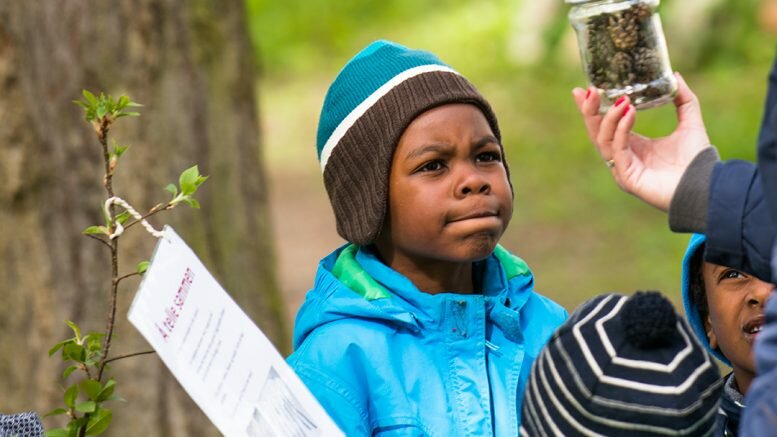Do Norwegian kindergartens hold the secret key to happiness?
We have been hearing about Norway for years being one of the top countries in the indexes on satisfaction and happiness. Following is a must-read cultural narrative about how Norwegians attained this position. Maybe Norwegians are happy because they have oil. Many other countries, however, also have oil but are not happy. After reading this article, you will realize that the secret to the happiness of Norwegian life begins in kindergarten.
Differences between Norwegian and US kindergartens
The first is that kids play outdoors. In a typical Norwegian kindergarten, children spend 75 percent of their time outdoors in the summer and 30 percent in the winter. In the United States, children usually only play for up to an hour outdoors. It may come as a big surprise to witness very young children playing outside during the freezing cold winters of Norway.
Norwegian kindergartens score better if they have trees that kids can climb in and are close to small forests. Outdoor play has benefits for mental and physical health. Norway is defined by its nature, and that is not a propaganda slogan meant to attract tourists! Norwegians deeply believe in nature, which can build the physical and social skills of their children.
Nordic architecture is mostly minimalist, using natural light through large windows, with neutral colors making up the decor, eliminating all unnecessary objects from the design. Due to the emphasis on the next generation, this design will be used for kindergartens and schools, as well. This, in order to balance the vibrance of outdoor living with a tranquil interior.
The Norwegian mood is calm and relatively stress-free, they are never in a hurry. Maybe that’s why the world chess champion is a Norwegian (Magnus Carlsen). Slow TV in Norway is another phenomenon that can explain this tendency to live a quiet life. TV series and stories with fast-paced images are not popular with children in Norway. Norwegians believe that running is for the feet, not the eyes!
Respect is not a given, it is earned
The democratic approach to the welfare state expresses the need for both self-respect and respect for others. In US schools, there is a great deal of respect for teachers by children, In Norway, on the other hand, respect is a to-way street. There is a polite and respectful conversation going on in kindergartens: negotiation methods are key components of the Scandinavian school system. Kids are the best measure of happiness. You can’t “force” a laugh out of a three-year-old kid. Children don’t care about your appearances. They don’t care how much their mothers and fathers have in the bank. They love to play freely – preferably outdoors, they respond with respect to respect, and they love jokes. Bring these values to the social level and approach the Norwegian happy life model.
This article is based on an article written by Dr. Natalia Kucirkova, published by Psychology Today in June, 2019.
References
How Do Norwegian and U.S. Kindergartens Differ?
Related articles
More children from low-income families attend kindergarten
Government wants more minority language speaking children in kindergartens
91.8% of children in Norway have a kindergarten place
Lecturer warns against boring play in the kindergarten
This article is written by our contributor, Ali Ashrafi, to be shared with the esteemed readers of Norway Today.
© Ali Ashrafi / #Norway Today









I admire the Norwegian policy of kindergarten. It is absolutely recommended that it continue like that. That is why Norwegian society is peaceful, happy, successful and relaxed. I envy Norway’s policy very much and hope every country in the world will follow Norway’s example. Long live Norway and the Norwegian people.